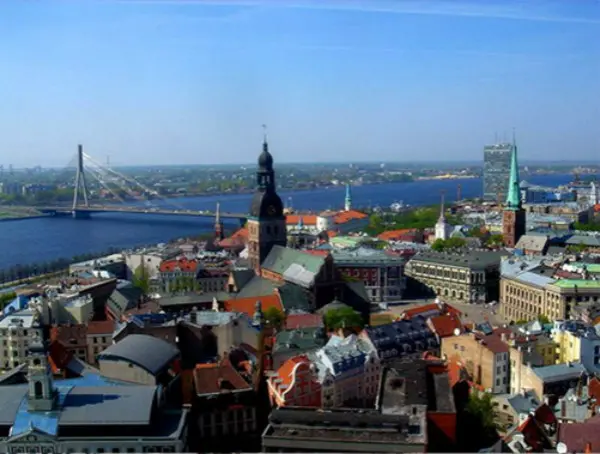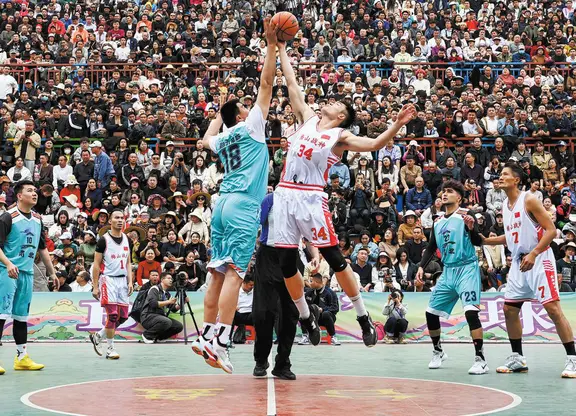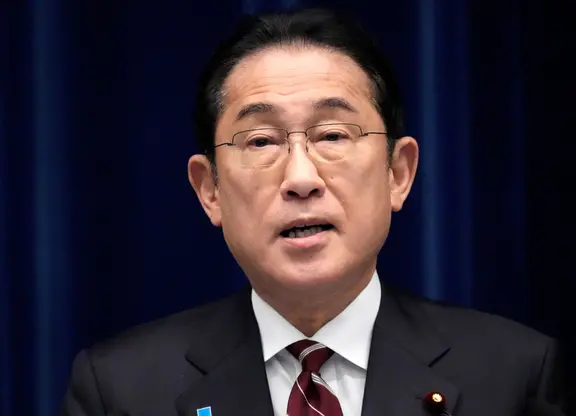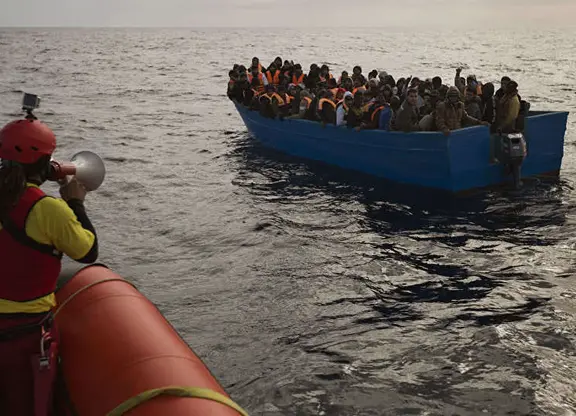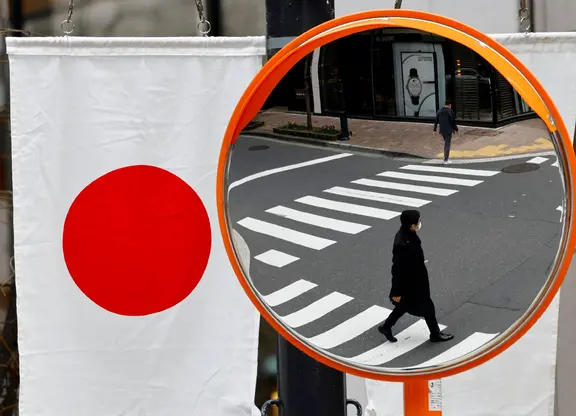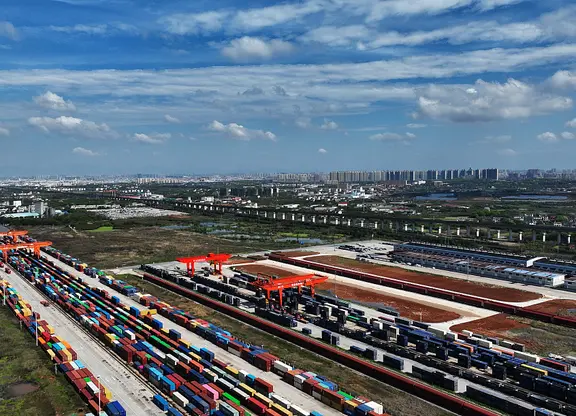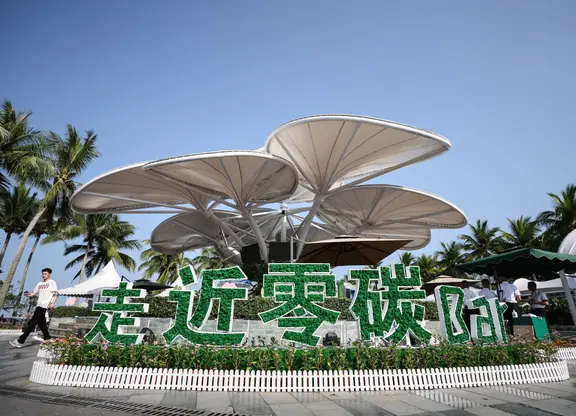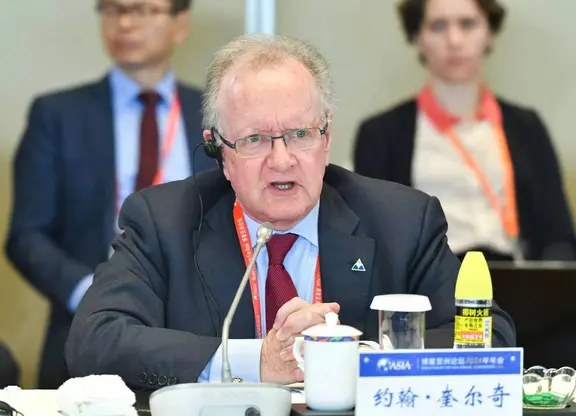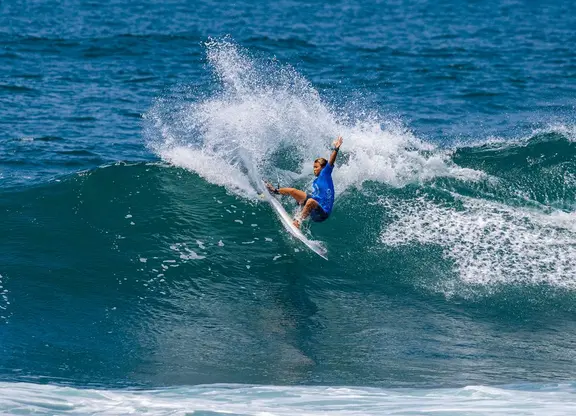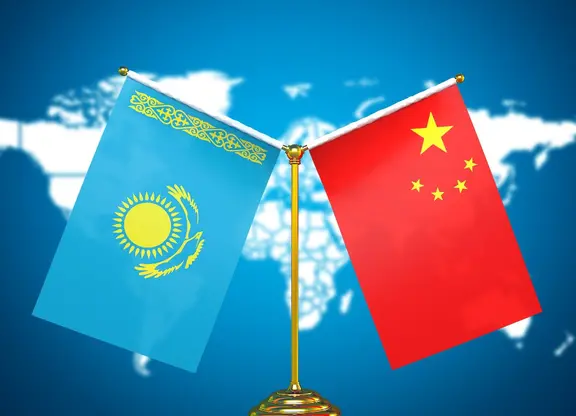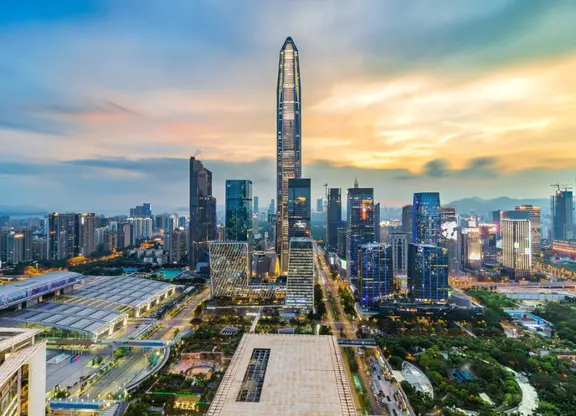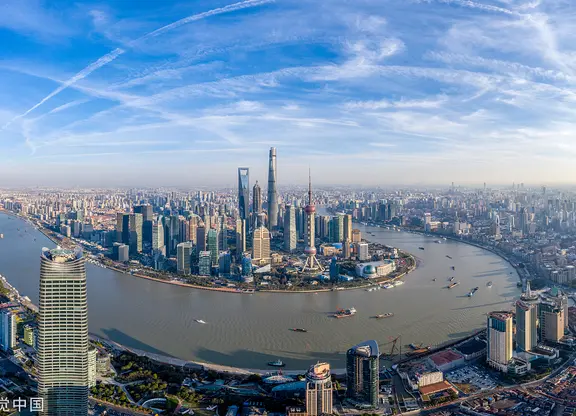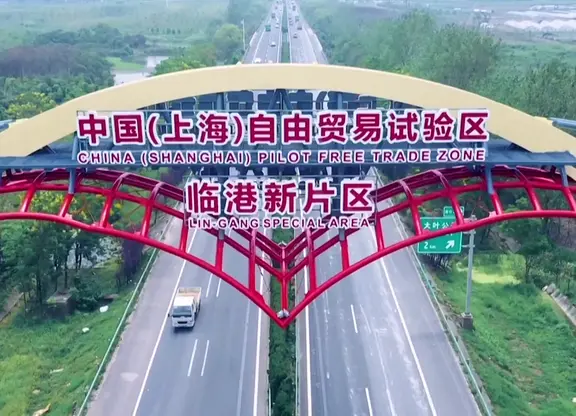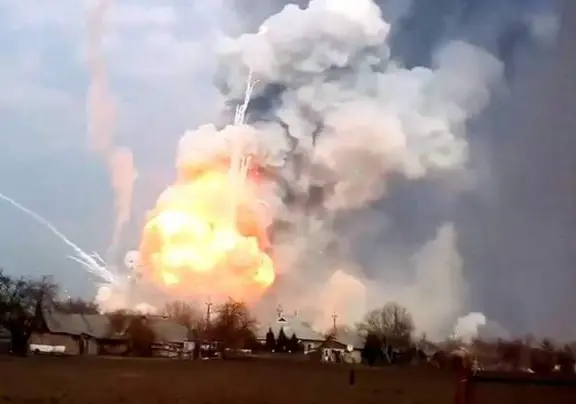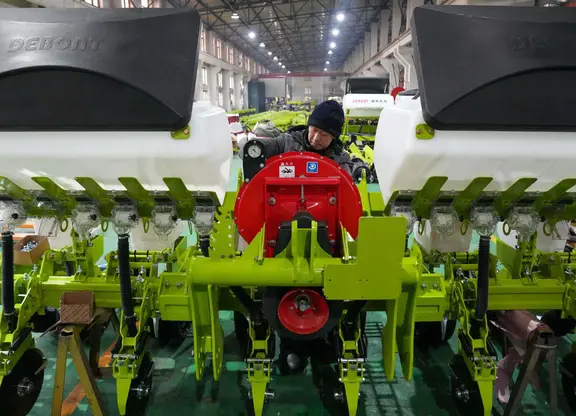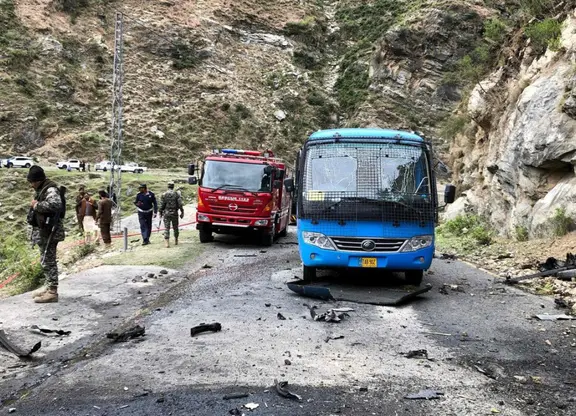Defense Services Asia (DSA) is touted as being one of the five biggest defense shows in the world, which would usually mean it’s five of five. But make no mistake – the DSA is big, and it draws the big guns, both literally and figuratively.
Defense ministers from across the globe are joined by heads of army, navy, air force, police, immigration and other security officials in Kuala Lumpur, Malaysia, from April 16 to 19 for the 2018 DSA. These are decision makers and big-time buyers. Some 1,500 companies from 70 countries and regions have been vying for their attention this week.
Guns, radar systems, missiles, drones in different sizes, armored vehicles, communications systems, rocket launchers, to name only a few, make the show an impressive array of the latest hardware and technology, which spread across three floors of a vast Kuala Lumpur convention center.
Chinese companies are clustered in one of the largest pavilions, including Poly Technologies, which has already done business with about 100 countries worldwide.
On the show, you can find a compact new drone that can somehow carry a payload of up to 200 kilograms and fly for 40 hours, a laser system for shooting down enemy unmanned aircrafts, or a surface to surface missile that can be launched from a drone, a truck or a boat.
Much of the talk at the sideline roundtable discussions and other forums here has been on non-conventional threats such as terrorism. And Poly Technologies has a sophisticated face-recognition system that could help in that fight.
“So many all different related armed forces including police will come to this exhibition, and they will come to our company. We would like to take this opportunity to expand our cooperation and deepen the collaboration with so many neighboring countries in Asia,” says Zhang Ze, assistant president of Poly Technologies.
At a neighboring booth is another Chinese defense industry giant, China Electronics Technology Group Cooperation (CETC), with about 170,000 employees and 30 branches worldwide.
“Today for the DSA we come here to show our capabilities in the defense electronics and the coverage is about command and control systems, various kinds of radar and electronic warfare as well as military communications,” says CETC’s Jacob Gu.
Some of the exhibitors are more surprising, like the United Arab Emirates, which showed off various sniper and other rifles it manufactures and supplies to armies at home, in the Gulf region and beyond.
Among the largest exhibitors is Turkey, showing again that developing countries are ascending to the upper echelons of the defense industry.
“Over the past two decades, Turkey has moved into a very advanced position in terms of land, air and naval systems, which are domestically designed and manufactured in Turkey,” says Cem Altinisik of FNSS Defense Systems, a Turkish defense contractor that manufactures tracked and wheeled armored combat vehicles and weapon systems for the Turkish Armed Forces.
“Now actually we are in the second phase, where we transfer our technology to other countries.”
Earlier, I had been surprised to see a row of armored vehicles apparently manufactured by Malaysian conglomerate DRB-Hicom. It turns out that they were designed and built with the technological assistance of Turkey’s FNSS. It has a similar deal to assist neighboring Indonesia to build tanks.
It’s the kind of collaboration and deal that Defense Services Asia helps facilitate. It’s not just about selling hardware or technology. But the sideline meetings between businesses and states, between defense ministers and military chiefs help forge bonds that go beyond just sales and purchases.
And that could help reduce the chances that the countries attending the event will ever have to put the weapons on display here to use.
(CGTN)
 简体中文
简体中文

